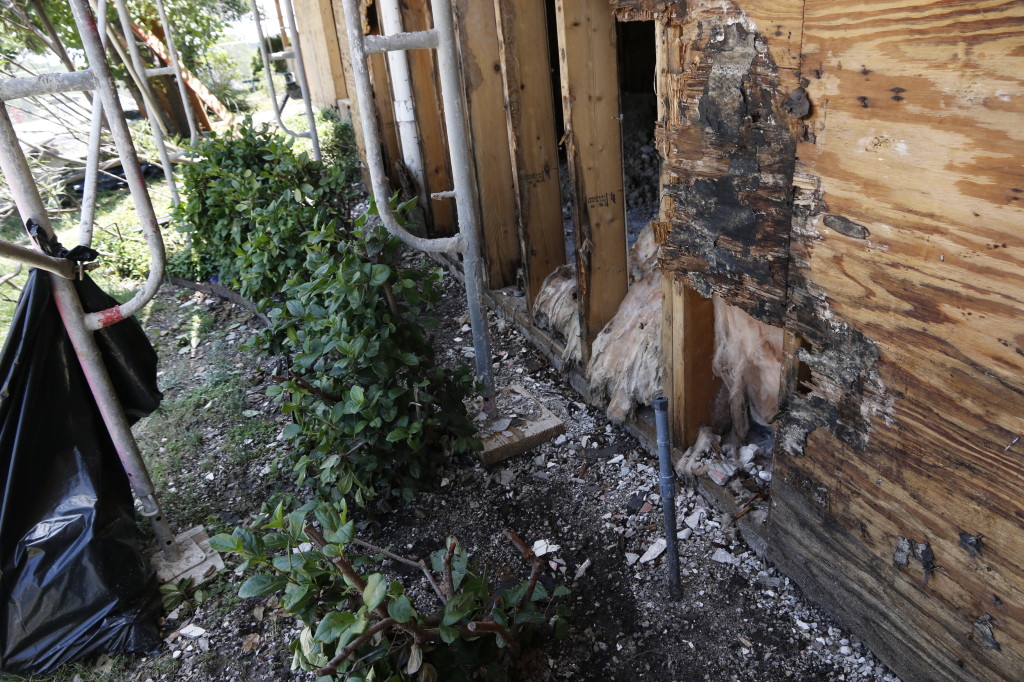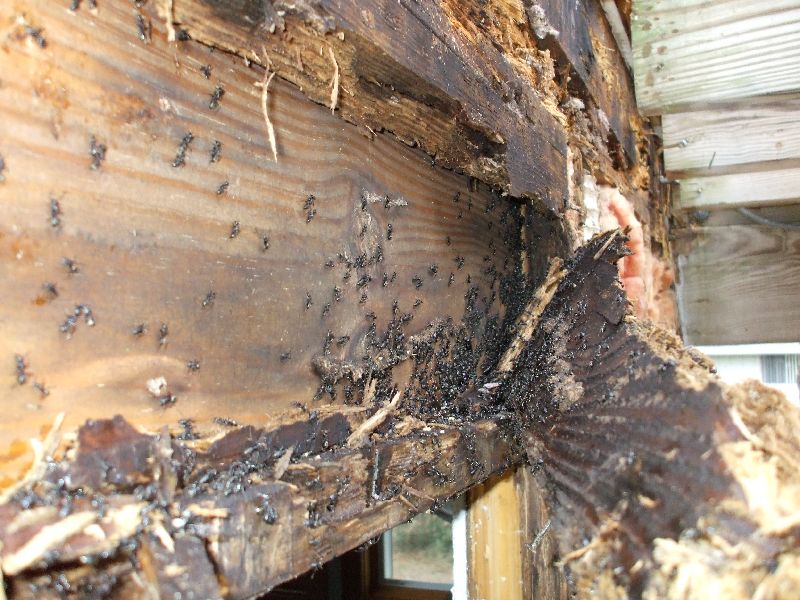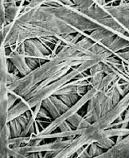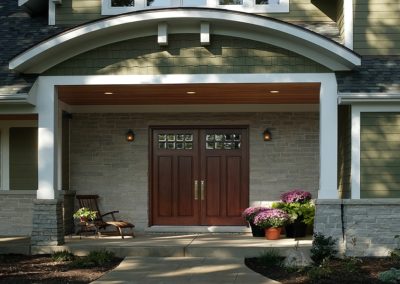Today I will be talking about a subject that is critical to all new construction and remodeling projects. This topic is 10 times more important than the cabinets, counters and other finishes that are typically the main concern of many homeowners remodeling or building. Some homeowners only care about appearances and that’s fine, others wouldn’t very interested in remodeling, and would look at Homes For Sale In Davenport FL, but others are interested doing the hard work to make their own home someplace special for them. If you’re the sort of person that wants to have a perfectly designed garden that enhances your home, then go for, you could check out someone like Acworth Landscaping Company if that’s what you want. But if you know me or follow my blog, you will quickly find that I am passionate about what I call “building for longevity.” When I build something, I want it to last — period! To accomplish this, it is vital to have an understanding of proper building techniques as well as the ability to be on site frequently to perform quality control inspections during every phase of construction. Its also a good idea to appropriately dispose of infested materials. If you’re in Perth, Skip bin hire Perth is worth checking out.
I could write many blogs on topics surrounding building techniques and quality control but today the topic is proper wall construction with a special focus on building wraps (or “house wraps”). To get started it is important to lay a foundation by introducing the concept of building science. Yes, there is such a specialty. Read the Wikipedia definition.
So as you can see, the weather, freeze-thaw cycles, capillary-action, absorption and condensation are just a few of the things that are studied. Again, this is a field that covers many topics but this blog is meant to be an introduction to building wraps and what you need to know if you have a building project on the horizon.
Let’s dig right into it. Why did I say earlier that this is such a critical part of ALL building projects? Below are a few pictures of homes affected by improper wall construction to the degree that moisture got into the wall and created massive damage. If you have a contractor watching out for this, ninety-nine percent of moisture problems in your main walls can be prevented by using the right products and techniques!

Many homeowners think that moisture issues are only in basements. This is simply NOT TRUE.

Penetrations like windows and doors are the most common areas for water to infiltrate a wall.

What you see above was very common when synthetic stucco came on the scene. Contractors ignored building science and installed the product with no rain screen, which resulted in a wall that trapped moisture. This mistake was repeated all over the country resulting in billions of dollars in repairs and lawsuits.

If water and mold in your walls is not bad enough, carpenter ants and termites just love the soft moist lumber.
Did I get your attention yet? Are you starting to see the magnitude of this problem? If you think that this type of wall damage is rare, I will say that I unfortunately see this stuff regularly on homes we remodel and renovate. In addition to becoming a MAJOR HOME REPAIR, it compromises the safety and longevity of your home’s health, not to mention the health of the residents who live in it! Hinsdale IL remodeling contractors must explain the fundamentals of house wrap to their clients, or else they are putting their clients’ homes at serious risk.
One more qualifier, today I will address house wrap only as it applies when contractors use products such as wood or cement siding, or brick veneer. There is an additional step to incorporate a rain screen to drain wall moisture, but I’ll devote a specific blog to rain screen techniques as a future topic. My objective is to always build a wall that’s sustainable, healthy and long-term: the products and techniques used matter immensely.
Hinsdale IL Remodeling Contractors: The Fundamentals of House Wrap
- What is house wrap?
- What are its four main functions?
- Where does it go?
- Why is it important?
- Are all house wraps created equal?
- Who can install house wraps?
What is house wrap? 
House wrap is also known as a drainage plane or a weather-resistive barrier (WRB). They are man-made materials that come in several different forms. Many of you have probably seen DuPont’s “Tyvek” building wrap in your neck of the woods, but that is just one brand name of 32 manufacturers that make house wrap, according to eBuild.
What are the four main functions of house wrap?
This can be summed up in four words: deflect, drain, dry, durability. These “four Ds” should be discussed with your contractor!
1. Deflect: House wrap’s primary function is to seal out bulk water! That is its number one goal: if it cannot properly prevent rain from entering your home’s building shell or wall cavities, then you’re in for a world of hurt. In addition, house wrap should be air-resistant reducing air infiltration/drafts.
2. Drain: Any accumulated moisture should be drained to the building’s exterior.
3. Dry: Building wrap should allow water “vapor” (i.e.: water in a gas form) to swiftly pass to the exterior without being trapped.
4. Durability: Any house wrap product must be durable to protect your home during the harsh conditions of the construction phase (extreme weather, UV rays from the sun, wind, etc.) and continue to perform throughout your home’s life span. FYI, though house wraps have varying degrees of UV-stabilization (UV-resistance) there’s a limit to the amount of sun exposure a house wrap should have, or else it will destroy the product and completely ruin its functionality.
Where does it go?
In general, house wrap is installed over the sheathing (that is, after the sheathing) and behind (that is, before) the exterior wall cladding (such as a brick veneer/façade, cedar shingles, vinyl siding, wood clapboard etc.). In all of these cases, the house wrap is the last line of defense in stopping incoming water or exterior water condensation from getting into the wooden stud wall. This moisture must get channeled to the outside of the building or the wall will fail.
The wall sheathing (typically plywood or OSB sheathing) gets nailed directly to the studs. In-between each stud is the wall insulation. If the sheathing gets wet, it will act as a sponge and will wick the water right through into the insulation. Bad, bad, bad. A proper product and installation will keep the sheathing dry!
Pictured below is the Delta-Vent S, a highly vapor-permeable WRB (house wrap) made by Cosella-Dorken. This energy-efficient product allows moisture within the building enclosure to escape through the membrane. It is also watertight and tear-resistant, and will help protect the enclosure from wind-driven rain and snow while providing a drainage plane to channel water harmlessly to the outside of the home.

Why is house wrap important?
As I alluded to a moment ago, rain water (again: bulk water!) – especially with the help of gravity, pressure and strong wind from Mother Nature – will eventually penetrate its way through your home’s exterior (tiny cracks or seams in the siding, etc.). If any of this moisture accumulates and has no way of exiting, the sheathing and other framing elements will become saturated and will then soak the insulation. The result will be mold, mildew and rot in your wall cavities, which obviously compromises the very structure of your home.

We are categorized as “Climate Zone 5” in the Chicagoland area.
In Hinsdale IL – a climate zone 5 – and all over the Midwest for that matter, we have several freeze-thaw cycles. Throughout the year, we also experience a fair amount of solar-driven moisture. After it rains in Chicago and the sun comes out, that moisture on the outside of your home will naturally want to drive inward (it’s a property of science). We always have vapor moving through our walls due to this high- and low-pressure cycle that’s unavoidable.
So – through the house wrap we choose – we have to ensure this moisture quickly finds its way OUT and ESCAPES. Remember product functionality point #2? High vapor permeability. It’s an essential element of your house wrap product! Let’s delve into this a little more.
Are all house wraps created equal?
No, they are not. The two major categories are perforated and non-perforated house wraps. Non-perforated is better.
Perforated House Wraps:
The most basic WRBs are made to simply meet the minimum-standard building codes. Those house wraps tend to be a blend of vapor-tight plastic films with tiny pin-perforations to allow the passage of water vapor. They are the most affordable house wraps on the market, and the worst route your contractor could take. Sadly, these lower-end WRBs can wick bulk water right into the wall sheathing. Most homeowners are, unfortunately, totally in the dark about perforated building wraps. Ignorance is NOT bliss in this case! The low-quality house wraps have low permeability or low “breathability.” The lower the permeability, the more moisture it will hold.
As a side note you won’t read about in most places: Many builders use this cheaper, low-quality item because companies will print their name on the wrap for marketing purposes. A decision made by marketing and not based on quality control will never benefit you, the consumer.
Non-Perforated House Wraps:
Here’s the distinction: the best WRBs are manufactured from specially formulated plastic materials that allow water vapor to pass through the fibers of the plastic fabric easily. For example, Delta-Vent S by Cosella-Dorken is a three-layer, water-resistive barrier and air barrier. Its two outer layers are made of a high-strength, spun-bonded polypropylene (PP) fabric. They are thermally bonded to a highly vapor-permeable, watertight polymeric middle layer. The fabric layer on the lower side protects the WRB against damage (e.g. roughly sawn sheathing). The matte gray color of Delta-Vent S prevents blinding glare during installation. This product – and others like this – have a higher vapor permeability. Your home will be able to “breathe” and dry out efficiently after any rain or snow.
The main message here is that your WRB must have moderate to high vapor permeability to promote drying in your wall systems. Again, not all products are created equal, and we find that the perm rating — according to ASTM E96-05, Proc. A — ranges from 6 to as high as 214.

Pictured above: DuPont Tyvek fibers (magnified 75x) form a strong web that maintains excellent breathability and water holdout.
Who can install house wraps?
Even if you opt for a top-of-the-line house wrap, it means nothing if it’s not installed correctly! It’s my estimation that fewer than 10 percent of carpenters actually have a background and understanding of what they’re supposed to do when it comes to house wrap. As a result, there are numerous mistakes made during the installation. Just with most areas of construction and remodeling: superb DESIGN and TECHNIQUE make all the difference in the world. In this case: good wall design, proper flashing and excellent installation simply must be a top priority.
Here is another sad reality: if you have read this blog in its entirety, I suggest that you already know more that 90 percent of the tradesmen installing or builders specifying your house wrap.
Your Best Line of Defense
I agree with Sy Syms, who coined the iconic slogan, “An educated consumer is our best customer.” In addition, I am a big believer in the consultative building approach where we take the time to educate our building clients to help them avoid these all-too-common pitfalls. During the specification phase, we feel it is our role to educate our clients so they ultimately understand why we specify a product like Delta Vent-S versus the cheap stuff sold at the local Menards or lumber yard.
We go beyond product specification. I also offer training to our own in-house carpenters so the high-quality product gets installed properly. I will admit that building wrap does not have the “sex appeal” of Ann Sacks tile or Sub-Zero refrigerators. Trust me on this: you do not want to install those expensive items in a house built by a crew using inferior building wrap products that will eventually fail and cost you two or three times what that Sub-Zero refrigerator costs to repair.
Call me if I can help answer more of your questions about house wrap, and when you’re ready to start planning your new construction or remodeling project.



